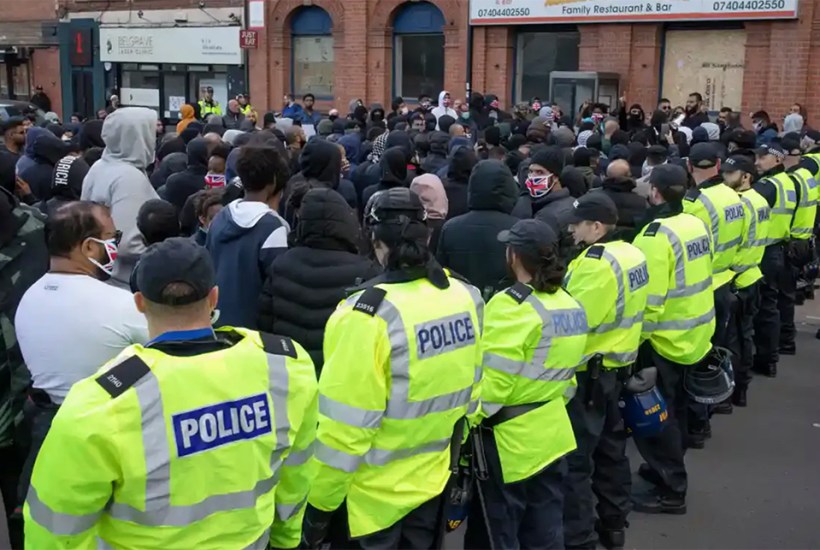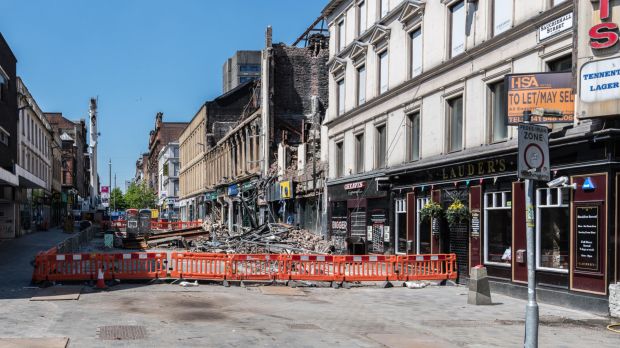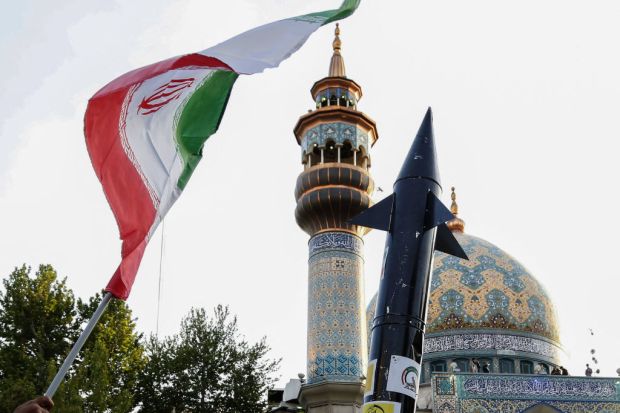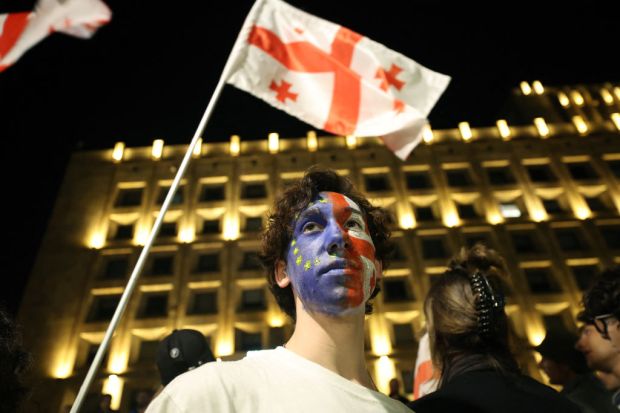Leicester, the city where I was born, appears to be a melting pot of different cultures. Until recent weeks, its model of multiculturalism seemed to work well. Leicester is a city where the Diwali and Eid lights shine as brightly as the Christmas ones. Hindus, Muslims and Christians live side by side. Events of this month have shattered this peaceful image.
For several weekends now, Leicester has been a city plagued by sectarian violence. Dozens of people have been arrested. Some have been sentenced for possession of weapons.
But the surprised reaction to what has unfolded on the streets of Leicester ignores the fact that all has not been well for some time.
Not long after the riots broke out, Claudia Webbe, our local MP, described Leicester as a ‘shining example of how people from different cultures can live together side by side’. The reality could not be more different. Leicester may have 40 different nationalities and 70 languages, but it’s one of the most segregated cities in the UK. Different cultural, ethnic and religious groups live alongside, but not amongst, each other. Instead, they accumulate in their own pockets of the city. Many Muslim families live around the Evington Road and Green Lane Road areas, in the east of the city, whereas places like Belgrave Road, known as ‘Little India’, have a large Hindu presence.
The last few weeks have shown the dangers of assuming that Leicester is a model of multiculturalism. The reality is that tensions between communities are nothing new.
Take the aftermath of the India-Pakistan cricket match at the end of August, when trouble first erupted; India’s victory led to celebrations spilling out onto the streets. Fights broke out between Hindus and Muslims. The police should have known this was coming. Why? Because every year this match takes place and inevitably supporters of the winning team head on to the streets. Usually, the atmosphere is ‘just banter,’ as one local told me. But the lack of foresight by the police in seeing the potential for things to escalate – when different communities live in such close proximity – was a blunder.
The potential for trouble isn’t isolated to sporting events. During the Hindu Ganesh Chaturthi ceremonies on 31 August, festivities spilled out onto roads in areas where Muslims are living. At a time when Hindu-Muslim sectarianism has been so violent in India, locals have been aware of bubbling tensions for some time. Yet all too often, the authorities simply turned a blind eye to it, assuming that all was well.
In the most patronising example I’ve seen, Keith Vaz, former MP for Leicester East made a promotional video after the riots, describing Leicester as ‘one big happy family’. But where are the community leaders who are being honest about the reality of living in such a divided city? It’s true that many families do live in peace alongside neighbours from other countries, or religions. But this isn’t true of everyone in Leicester. My city could equally be described as a tinder box, just waiting for a spark.
Leicester’s city mayor Peter Soulsbry outlines his vision for our city on the council website. ‘Leicester’s rich, historic past and vibrant multicultural present is something to acknowledge, celebrate and enjoy,’ he says. But the videos from Leicester that have been seen on screens this week paint a far bleaker image. Yet Soulsbry appears to have shied away from fully acknowledging the tensions between different ethnicities that divide our city.
When violence broke out last weekend, eight police officers initially attempted to confront a mob of several hundred rioters. They didn’t stand a chance. These officers were failed by Leicester’s political leaders, who have not done enough to face up to the tensions on the streets of my city that have been present for years. Instead of preaching about how well people in Leicester get along, MPs and police chiefs should have spent longer speaking with religious leaders about the realities of sectarianism here.
The spread of fake and provocative stories on WhatsApp groups, TikTok and Instagram has contributed to this toxic situation. Divisions over other international conflicts, such as those in Palestine and Somalia, are also spilling out into communities in Leicester. When people who hold such different views live side by side in a British city, it is inevitable that sectarianism will occur. But keeping a lid on this situation requires more than just warm words and platitudes about ‘happy families’. It’s time for Leicester’s MPs to admit the truth: Yes, the city is a multicultural society. No, that doesn’t mean that everyone is going to always get along.
Got something to add? Join the discussion and comment below.
Get 10 issues for just $10
Subscribe to The Spectator Australia today for the next 10 magazine issues, plus full online access, for just $10.



















Comments
Don't miss out
Join the conversation with other Spectator Australia readers. Subscribe to leave a comment.
SUBSCRIBEAlready a subscriber? Log in